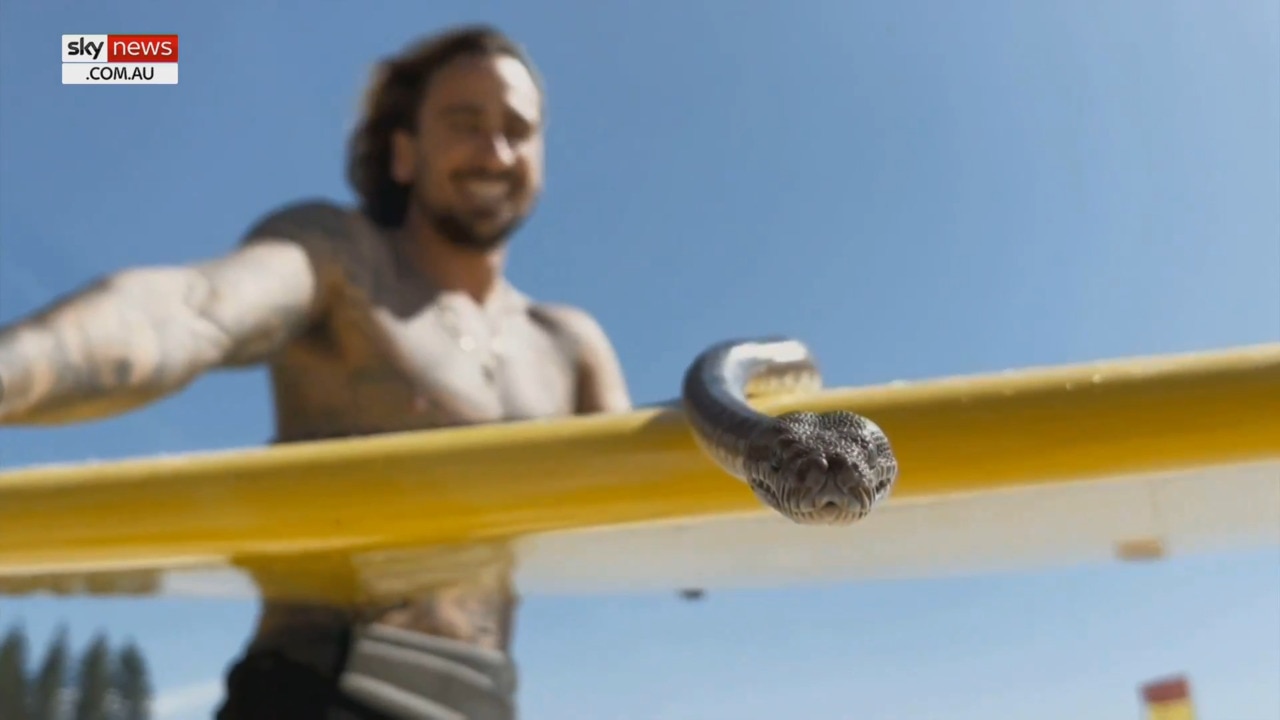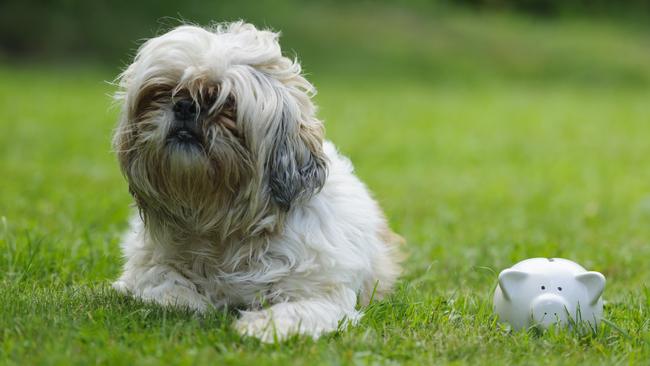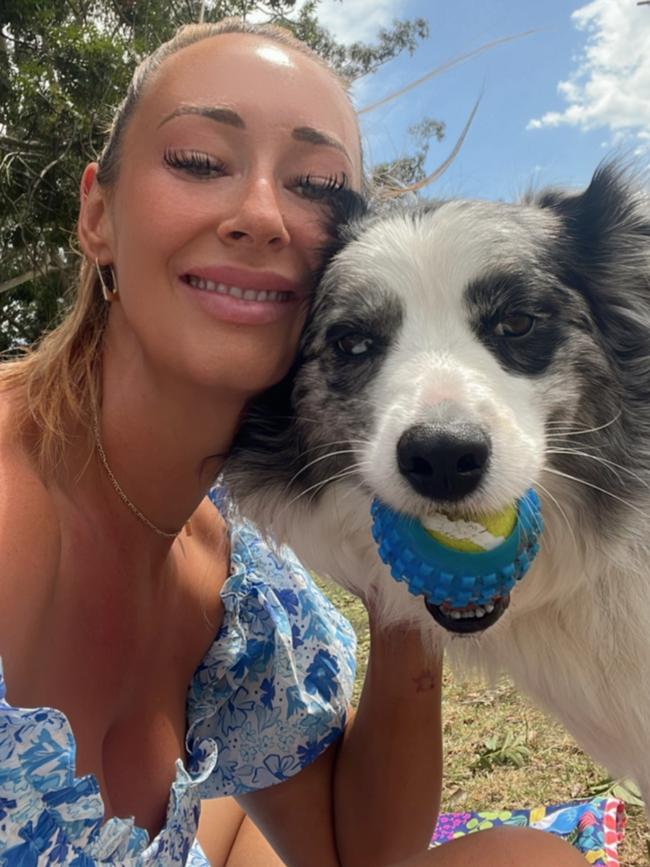Pet care prices surge, but there are ways to trim spending
Pets outnumber humans in Australia today but the rising cost of caring for cats and dogs is prompting people to seek savings.

Households hit by cost-of-living increases almost everywhere face an extra financial hit on their furry friends thanks to a surge in veterinary and other pet care costs.
Amid sharp price rises for pet goods and services, owners are spending more than $1200 on average each time they visit a vet, and the cost of common treatments has jumped by more than one third.
Australia has more pets than people – an estimated 28.7 million animals versus 26.8 million humans – and a 2022 report by Animal Medicines Australia found people spend $4.7 billion annually at the vet. It also found the cost of buying a dog had almost doubled since before the pandemic, now reaching about $1800.
PetSure veterinary adviser Dr Kylie Mitchell says the latest Bureau of Statistics figures show vet and other pet services costs increased 7.5 per cent for the year to September.

“However, PetSure claims data shows over the last year, the cost to treat common pet health conditions like gastrointestinal conditions, skin issues and spinal conditions have increased by over 35 per cent,” she says.
VET BILL TIPS
Mitchell says research has found almost two-thirds of pet owners have considered not going to the vet when needed because of cost concerns.
She says people can control vet bills by:
• Speaking to a vet as soon as a problem appears, preventing it progressing into something more serious.
• Prioritising preventive care such as six-monthly check-ups, good dental care and maintaining a health weight.
• Considering lower-cost vet telehealth services such as VetChat for non-emergencies.
• Being upfront with a vet about their budget.
Pet food costs have surged too, and Mitchell says owners can consider buying regular supplies such as food and litter in bulk and during online sale events.
“Buying through an online pet pharmacy may be suitable when purchasing medications to help treat things like allergic skin conditions, arthritis pain, or thyroid conditions for example,” she says.
DIY grooming is another option. “Learning basic grooming skills like brushing, nail trimming and bathing at home can help save money on professional grooming services,” Mitchell says.
“Making your own biscuit dog treats using natural ingredients like rolled oats, peanut butter and bananas is a great way to save. When using peanut butter, just be careful of artificial sweeteners as these can be toxic for dogs. If you’re unsure what ingredients are safe to use, consult your vet.”
WEIGHT WATCHING
Pet Insurance Australia spokeswoman Nadia Crighton says Animal Medicines Australia’s pet ownership survey estimated the nation’s total pet bill tops $33 billion a year, with food representing 51 per cent of all spending, followed by 14 per cent on vets and 9 per cent on accessories.
“With the cost of everything rising, sadly, the pet industry is not immune to these increases in costs, from veterinary treatments to pet food,” she says.
“It’s certainly tough out there at the moment for all families regarding the cost of living crisis – caring for pets can also increase the pinch during these challenging times.

“According to MoneySmart, a cat or dog will cost between $3000 to $6000 in the first year of ownership. Sadly, this is seeing many people choosing to give up their pets, with many top shelter organisations seeing an increase in people asking for assistance.”
Crighton says people can save money by keeping their pets healthy including watching their weight, having emergency savings or a pet insurance plan, making their own pet toys and DIY grooming.
“Like with all expenditures during tough times, consider if your pet really needs the accessory, or keep this spending for those special times like Christmas or birthdays,” she says.
“Instead of buying entertainment and toys, come up with games and tricks to teach your pet – they are free and will give your pet oodles of entertainment.
“Check your pet for grass seeds after each walk, and trim the hair around their face and feet to protect against grass seed attachment.”
Elizabeth Branagan’s three-year-old Border Collie Jude has had multiple scans and surgeries after his leg did not develop properly as a puppy.
“I’m so glad I’ve always had pet insurance – it’s such a small cost for a huge benefit,” she says.
“Jude is my baby. He’s my soulmate and the one I connect with most in this world. I can’t wait until he’s back to his best capacity and able to play down at the beach again next summer.”





